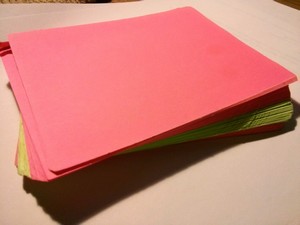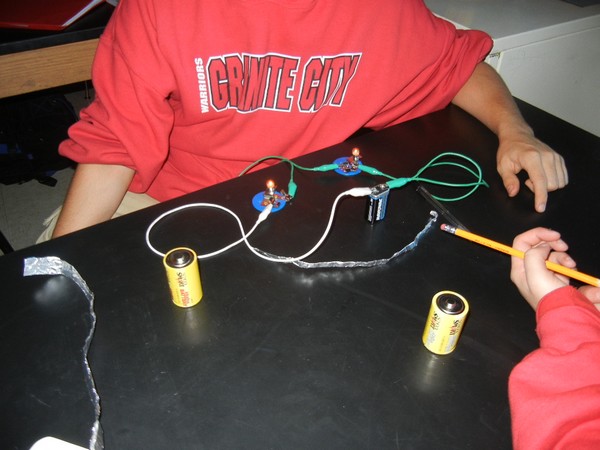The Common Core and Writing
The common core include standards for writing that requires all teachers, no matter what discipline to include writing as part of their curriculum. Many teachers outside the English department become stressed by this, fearing that they don’t have the skills to teach writing.
I have included writing more in each of my classes and found it to be an valuable tool for helping students learn complex topics. As a science teacher, I embrace the idea that my kids are “writing to learn,” and I don’t worry as much about whether they are “learning to write.”
What is “writing to learn?”
This is basically an informal way of quickly assessing their understanding, and giving them a few moments alone with their own thoughts to synthesize information they have just learned or what they have just read.
It forces a student to stop being just listeners but to turn that around and summarize what they have just read or heard. These writing activities can be done at the beginning of class or at the end, or even in the middle as a way to break up a class period or refocus students on content.
Here are a few things I’ve found effective.
1. Annotating texts -Annotations are a form of writing, where students read an article or text and make notes in the margin about what they think or where they are confused. Some of you might be familiar with Kelly Gallagher’s strategy of “highlighting your confusion.”
My students do Article of the Week, and I often ask students to share with the class what they wrote for each section or paragraph. This is an easy way to check that they have done the assignment and are ready for a critical analysis of the content and sharing thoughts.
2. Reflection papers – this is usually done when students have read a difficult article or a series of articles. Reflection papers are somewhat informal and I don’t require them to by typed and I don’t worry about grammar. Many of my students held onto this framing guide to help them get started on reflection papers.
3. Exit tickets – short writings that answer a question at the end of a lesson. These are also informal an not graded, though I tended to get more buy-in when I showcased the better answers and placed them on the bulletin board. These are also informal assessments where I just place them in two piles: “gets it” and “doesn’t get it.”
As a side note, I had very little success using technology for exit tickets, though I did try with twitter and other programs to allow students to submit digitally. I had more success with using specially colored papers cut to about a quarter of the size of a notebook page. Something about the size and color made students seem actually excited to write down what they know.

4. Social Networks – requiring students to post and comment on ongoing sessions. Lots of students don’t realize that making posts is a form of writing, where you must be coherent, explain your position and possibly provide evidence and reasoning for your claims. I have used G+ and Edmodo in the past, but any social network or online bulletin board would work.
In one assignment in the unit on evolution, students are asked to post a link to a current article and ask a question that prompts discussion. They are also then required to participate in other discussions posted by their classmates. We had a lot of fun with this one and some students said it was their favorite assignment all year.
5. Informal Lab Reports – for some labs in biology, the experience or the procedure is more important than any planned outcome. In the lab on gel electrophoresis, students complete the steps and answer questions as they go, but at the end I have them write an informal lab report that is more like a reflection, one that simply asks “What did I learn?”
This also works well if you have a simple inquiry lab which does not have a written lab guide. For instance, in my intro physics class, I give students a battery, a bulb, and aluminum foil and ask them to figure out how to make the bulb light. It takes them a few minutes and they finally create the circuit. Then I ask them to write a short instruction guide as if it was being written to a friend that tells them how to do it.

6. Case Studies – group work that requires them to read or step through slides to solve a problem. This case study on the Dead Zone in the Gulf required students to review data and write answers to tough questions as they progressed through the case.
When Will I Address Writing Standards?
Writing across curriculum is something that all schools are looking at as part of the common core, with the eventual acceptance that in all classes, students will do some form of writing. I’m slowly adding writing assignments, such as short essays to units, working on assessments and rubrics for these assignments. It’s a process, and not something that will happen overnight. The English department has also been good about sharing their ideas for writing prompts, and advice on how to grade these essays. Schools would probably make major gains in improving curriculum if they would give teachers the time and resources to collaborate. We all have our areas of expertise and shouldn’t feel like we are all alone in this process.

